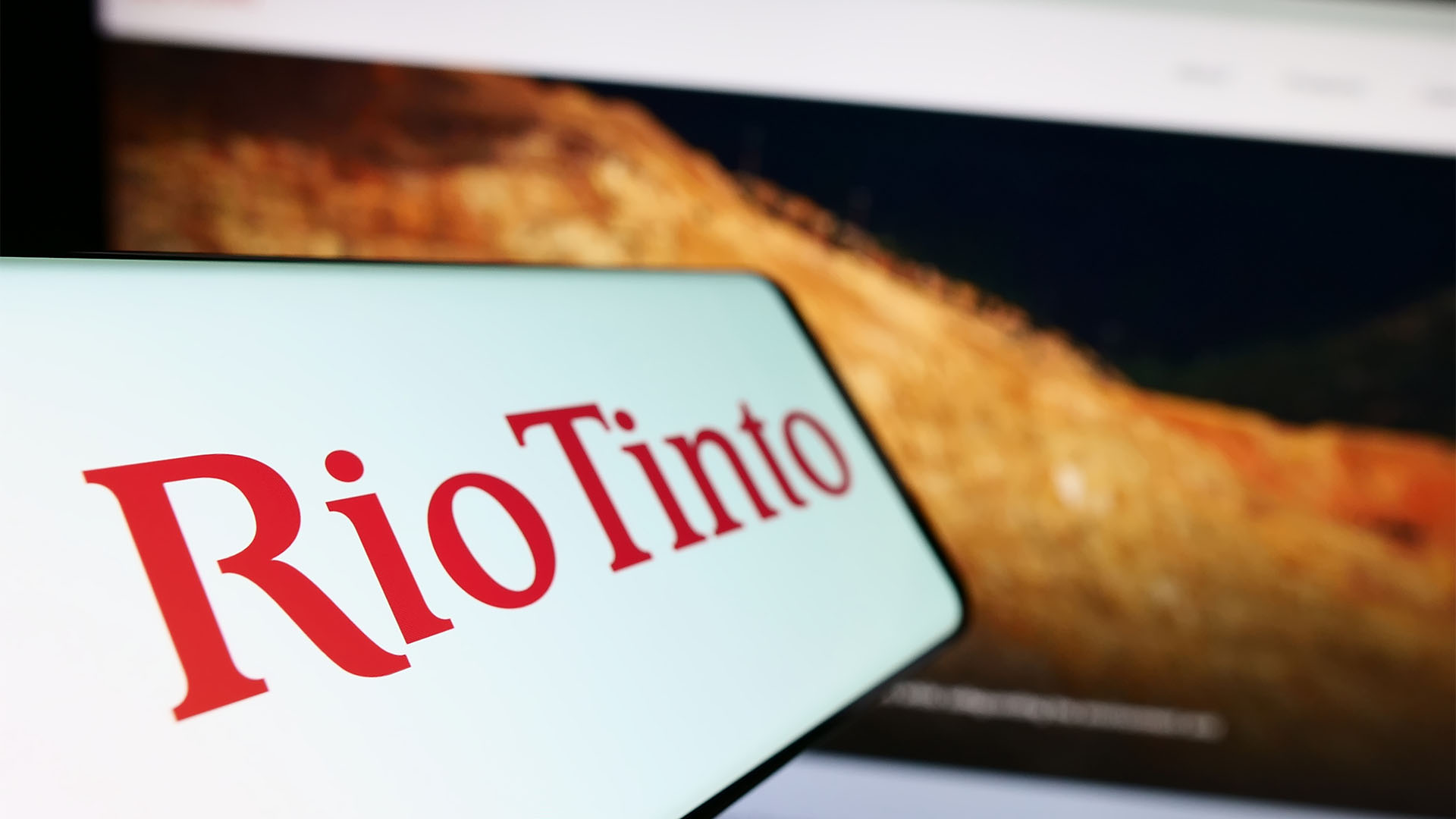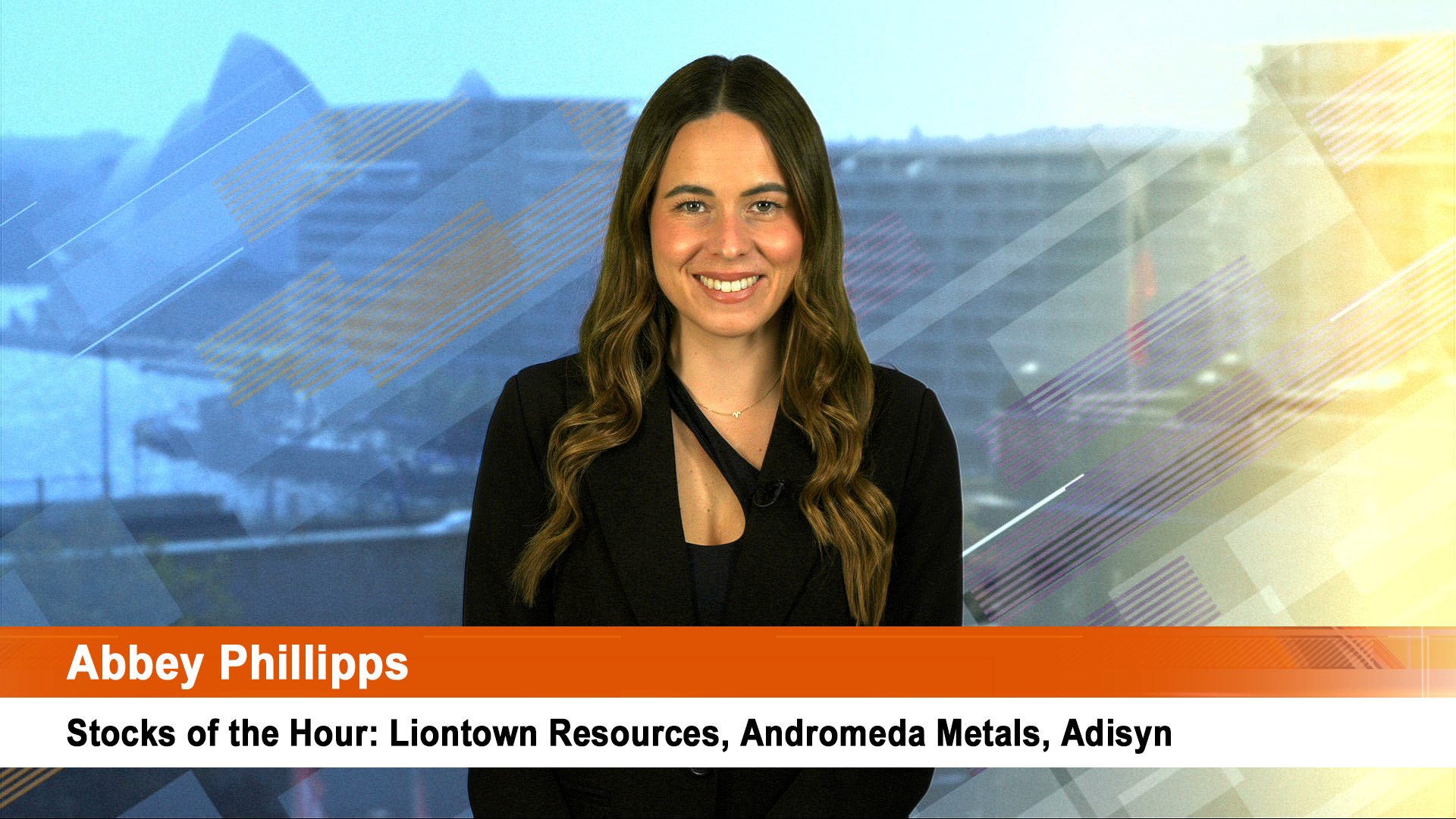2017 was the year of the stockmarket – as the Financial Times pointed out on the final weekend of the year, it was the best year since 2009 – and even the lacklustre Aussie market managed a 7% gain which was a four year best.
And for investors the best performed shares among majors on Wall Street wasn’t tech heavies like Apple or Facebook, but a couple of old stagers in Boeing and Caterpillar who would have thought?
The paper said the FTSE All-World index rose nearly 22% over 2017, the biggest increase since 2009 and its fourth-best yearly performance since the index started in 1993.
Despite a late US stock tumble on the last trading session of the year, the FTSE All-World rose 1.6% in December and has now notched up 14 straight months of gains — the longest run on record, according to the paper.
The S&P 500 index ended 2017 on a weak note, slipping losing half a percent on the last day, but rising over 19% for the year.
That was its sixth best annual performance over the past two decades. When dividends are included, the flagship US stock index has posted positive returns every calendar month of 2017 — the first such streak in history, according to the paper’s analysis.
Incidentally the shares in Warren Buffett’s Berkshire Hathaway company rose 22.38% in 2017, slightly better than the S&P which Buffett likes to measure his company’s share price against. It would be a second year of outperformance for the Berkshire group.
Helping Berkshire’s performance was the price of Apple shares – Buffett’s biggest investment move of the past two years – even after a late slide in December.
Apple shares were up 47% in 2017, but at one stage the gain was closer to 50%, but those worries about batteries and sales of the X phone hit sentiment in the shares in the closing days of December.
Berkshire shares breached the $US300,000 mark for the first time ever, but retreated to end the year at around $US297,600
The Australian sharemarket advanced 7.1% in 2017, posting its second straight annual rise, supported by commodity producers (BHP and Rio Tinto hit multi-year highs) and high-flying growth stocks.
On Friday, the last trading day of the year, the index fell 23 points or 0.4% to close at 6065.1 points. For the quarter, Australian shares jumped 6.8%, the best effort since the March, 2015 quarter, and it as up 1.6% for December.
The annual gain was the best since 2013.
The so-called FAANG stocks — Facebook, Apple Inc., Amazon, Netflix Inc. and Google parent Alphabet Inc dominated stockmarkets and investor reportage, but the best performed Dow stock was jetmaker, Boeing which saw its shares gain 90% for the year!
The Nasdaq Composite Index finished 2017 with a 28.2% gain, outpacing the Dow Jones Industrial Average and S&P 500 index which ended the year up 25.1% and 19.4% respectively.
It was a year of records as well, with the Nasdaq hitting two 1,000-point milestones during the year, passing 6,000 in April and briefly crossing 7,000 earlier this month, before falling back a bit. It was the third quickest 1,000-point climb in the index’s history.
After Boeing another old-economy company Caterpillar saw a 70% gain.
Despite the December woes, Apple took third place with a 47% gain, pulling ahead of Visa Inc, Wal-Mart Stores Inc. and Home Depot Inc (so much for the threat from Amazon), all of which have climbed more than 40%.
The other FAANGs managed solid gains – Amazon jumped 57% in the year, Facebook 55%, Netflix 55% and Alphabet added 33%. The overall Dow index was up about 26%, while the S&P 500 rose 19%. General Electric shares though was the dog of the year among the majors – they lost 45% of their value, after tumbling 17% in October.
The Stoxx Europe 600 index was up 7.7% in 2017, its biggest annual jump since its 17% in 2013.
Germany’s DAX 30 rose 12.5%, France’s CAC 40 index was up 9.3% in 2017, the U.K.’s FTSE 100 index closed at another all time high and ended the year up 7.6%, almost half 2016’s 14% jump.
In Asia the Nikkei added 19% in Tokyo and the wider measure, the TOPIX was up 25%. The Shanghai top 50 stocks were up 26%, but the Shenzhen composite was down around 5%. The Taiwan market was up 15%.













